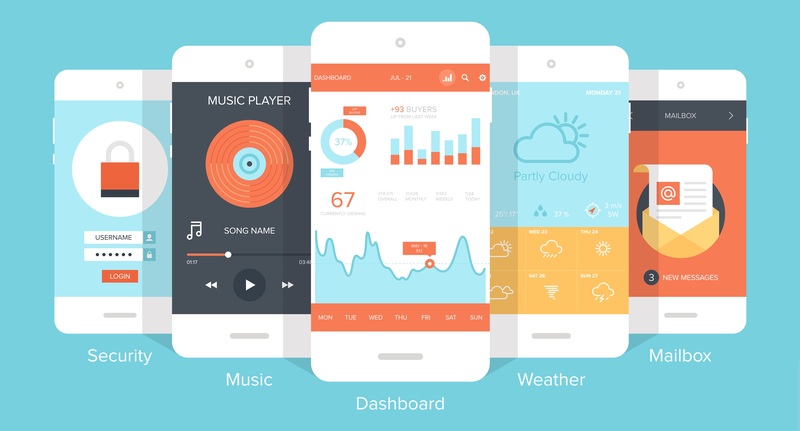Mobile-Friendly Sites Are Great For Mobile Web Development


Customers are increasingly using their mobile devices to engage with brands. More than half of all searches are performed on mobile, and customers spend an average of 3.3 hours a day on their devices. During this time, they are reading content, watching videos and connecting with friends and brands on social media. It is easy to see why brands need to be prepared for mobile.
It is important to remember, however, that mobile customers often have different objectives than desktop ones. They often are looking for information such as a business’s contact number, directions or similar types of content.
They are also using a significantly smaller screen than desktops. When brands simply create a mobile site by shrinking their existing site, they are providing these customers with a poor user experience, which will hurt their ability to engage and convert these users.
What features do I need to think about when creating a mobile-friendly site?
You need to think about how your content is displayed and which pieces are featured and easy to find. You also need to think about navigation for customers, who are using their fingers to touch small buttons on small screens. Finally, you need to consider how your content is formatted to ensure that it will be easy to read and appreciate on the mobile screen.
How do you build a mobile-first website?
- Use at least a 14px font to help your users on mobile easily read your content, rather than having to zoom.
- Make sure all images are mobile-friendly, meaning they are crisp and clear, even when shrunk to fit on the small screen.
- Monitor the types of content that your mobile users are most likely to use, and make that content easy for them to find.
- Use an accordion-style menu or similar mobile-friendly menu option that will help users move easily around your site.
- Minimize the use of buttons when possible, such as scrolling through articles instead of clicking through multiple pages. When they are needed, make sure they are spaced far enough apart that users can easily click them, rather than worrying about hitting the wrong one.
- Continually test your mobile site to find new ways to help your mobile users experience your full brand.
Mobile users are increasingly becoming a significant part of the online experience. Brands need to make sure that their sites are ready for these users and they are able to give them the user experience they need.
